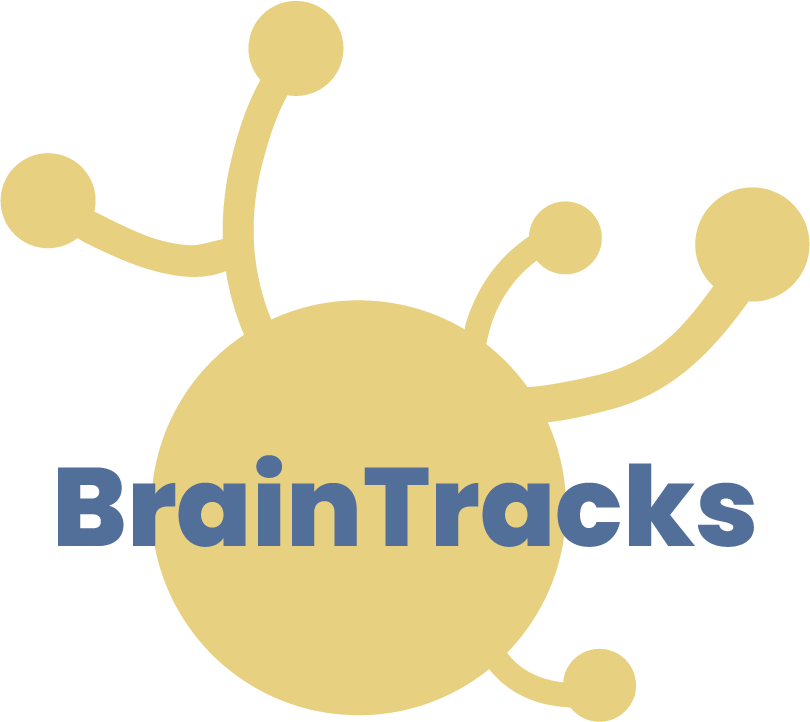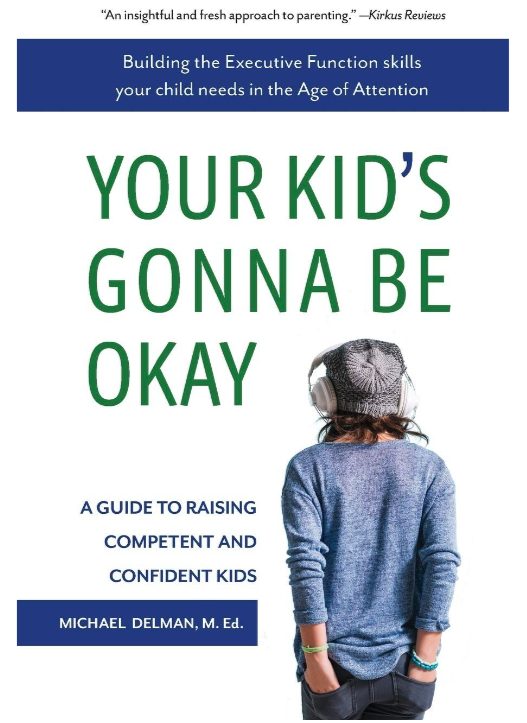Excerpt from Chapter 3
Zen and the Art of Self-Regulation: Antidotes for Anxious Kids
“90% of top performers are skilled at managing their emotions in times of stress in order to remain calm and in control.”
Welcome back to the third installment of our six-part blog series! If you're just joining us, be sure to catch up on our previous posts. In this installment, we address the Executive Function skill at the top of the wheel: Self-Regulation. Self-Regulation refers to one's ability to to maintain and adjust our emotional state when faced with frustrations, sadness, anxiety, fear, and excitement. This includes the ability to inhibit our actions when emotionally challenged.
Have you ever noticed how difficult it is to think when you are experiencing big emotions? Keep reading to learn about the brain's amygdala and its influence on our emotional responses. We'll learn how managing this core emotional center can impact our success.
Be sure to join us next week for another installment! Next week’s post will address focus in the age of attention. If you have a student or child that has trouble paying attention, you won’t want to miss this post!
Below, get a sneak peek with an exclusive excerpt from ©Your Kid’s Gonna Be Okay: Building the Executive Function Skills Your Child Needs in the Age of Attention. Reprinted here with the permission of author Michael Delman.
Your Kid’s Gonna Be Okay: Building the Executive Function Skills Your Child Needs in the Age of Attention book cover.
Introduction: One Brain, Many Parts
Imagine that you have planned out a lovely vacation. You have the tickets, the time off, and a suitcase with everything you need. You’re about to hop in a limo (why not?) to head to the airport when suddenly you get filled with anxiety about all of the things you’ll need to do when you return, even though, really, you know intellectually that you’ll be okay. You have used great Executive Function skills in planning and organization, but your emotions are running amok and could ruin a wonderful experience.
Humans are complex. With so many different parts to our brains and such a range of functions, it’s as if we each have multiple brains inside of our skulls. Whether these various parts work together effectively or not is the biggest factor within our control that determines how our lives will go. When they do, we can achieve at levels that defy what we had imagined possible for ourselves. Our enthusiasm becomes energy, and we harness it well to research, to design, to build, to accomplish, and to invent. When those parts do not communicate effectively or, worse still, are at war with each other, we are constantly filled with doubt, stressed, unable to get motivated. We feel depleted and have trouble thinking clearly. We know how important it is for us as adults to manage the emotions that come and go in the course of a day. Our children, of course, must also be able to manage their emotions. It provides them with the stability to put forth sustained and effective effort.
Thankfully, for those of us who are born with more drive than cool—in other words, those of us who don’t naturally let things roll off of us—the skill of managing anxiety and frustration can be learned. While the methods outlined in this chapter take time to learn and must be practiced to become and to remain effective, everyone can improve. I know this not only from my own experience but also as one who has witnessed and helped many others work on their challenges in this domain.
It is also worth noting that while nearly everyone struggles to manage strong emotions at times, it is particularly hard for young people. Facing many challenges for the very first time, they don’t have the experience to know that things will be okay, that they’ll get over their first break-up, their first teacher who’s tough as nails, or their first unkind friend. They don’t know that, over time, they will learn how to deal with these sorts of inevitable hurts. In addition, their hormonal swings make it more difficult to take things in stride, just as we have a harder time when we’re sleep-deprived.
When it comes to school stresses, the same principles apply. Here, even with children who naturally run anxious, we can, by removing the fear of failure, engage them. With children and teens who experience anxiety, handling the “Reach” phase of our Reach, Teach, Reflect, Release coaching process comes with its own set of guidelines. Just as coaches do, we parents can let our children know that we are available to help, but are not anxious to impose ourselves on them. If they are interested, we can model for them how we would approach the situation, and we can assist in the solutions and transfer responsibility to them at a pace that they can manage. By approaching them in these non-judgmental ways and using what we’ve learned about the stages of change, we help them build this critical skill of emotional self-management and attain the confidence that comes with it.
Your Amygdala Is Showing: Why Kids Get Heated Up
One of the great laughs on the playground when I was young came when one kid told another, “Your epidermis is showing!” The unsuspecting kid would usually check that his zipper was up, eliciting hysteria from everyone else, especially those who had already fallen for the prank and learned the hard way that “epidermis” just meant the outer layer of skin.
The amygdala, as mentioned earlier, is an almond-sized part of the brain chiefly responsible for strong emotions. Our amygdalae, while not visible the way our skin is, reveal their activity when we show strong emotions of anxiety, fear, or anger. In doing so, we’re vulnerable to withdrawing and missing opportunities, to making impulsive decisions that are hardly decisions at all, and to being manipulated by others who see our weakened state. Being able to manage our amygdalae and the emotions they cause is a critical component in achieving success.
Generally, people who can manage these “hot” emotions are perceived to be calm and dependable. They may feel strong emotions at times, but they make use of the energy those emotions provide instead of being controlled by them. They also tend to be trusted. Whether you like the New England Patriots or not (and, I’m from New England, so need I say more?), Tom Brady is a master of staying calm under pressure.It doesn’t matter how far the team is behind and how little time is left on the clock, you know there is a chance to win if he is in the game.
®Something to Try . . . To Show the Impact of Emotions on Thinking
First, try saying the word amygdala—it’s a pretty cool word and a great conversation starter at parties. “Uh-mig-duh-la,” with emphasis on the second syllable. Now, teach your child about the amygdala. One of the best ways is to use a visual made popular by Drs. Daniel Siegel and Tina Payne-Bryson. Have your child make a fist but with the thumb inside. The thumb represents the amygdala while the front of the fingers represent the prefrontal cortex where Executive Function skills are generally managed. Point out that when someone is very upset and “flips his lid,” it’s as if the fingers jump up and expose his amygdala, leaving it in charge. When this happens, a person cannot think rationally at all. You may as well try breathing underwater. In fact, the equipment that is used to allow S.C.U.B.A. divers to breathe underwater is called a regulator. Pretty cool, isn’t it? So, to allow our kids to manage stressful environments, they need to learn how to breathe, which regulates their emotional state.
Ask your child what, if anything, makes them go past being worried or frustrated to the point of being overwhelmed and feeling out of control. Ask your child what allows them to calm down again and feel better. Some of it is letting time pass, for some people it’s a hug (and it’s definitely not the case for others), sometimes it’s a distraction, and, for many, it’s sitting quietly and focusing on the breath. Start a list of reliable supports.
Consider the questions for yourself, as well. What sends you over that emotional cliff, and what does it take for you to return to and remain in a calm enough state that you feel capable of making good decisions again? Whether you have a leadership role in a company, in a family, or in the government, the ability to remain calm and retain one’s composure is absolutely essential for making good decisions and for preventing ones that can have devastating effects.
Want to read more? Your Kid’s Gonna Be Okay is available for order through your favorite online bookstore. You can also return next week for another exclusive excerpt from the book!
Educators can help students build their Executive Function Skills, and BrainTracks can help! Learn more about BrainTracks’ school programs.
Head to our parent company’s site if you are looking for 1:1 Executive Function coaching.


